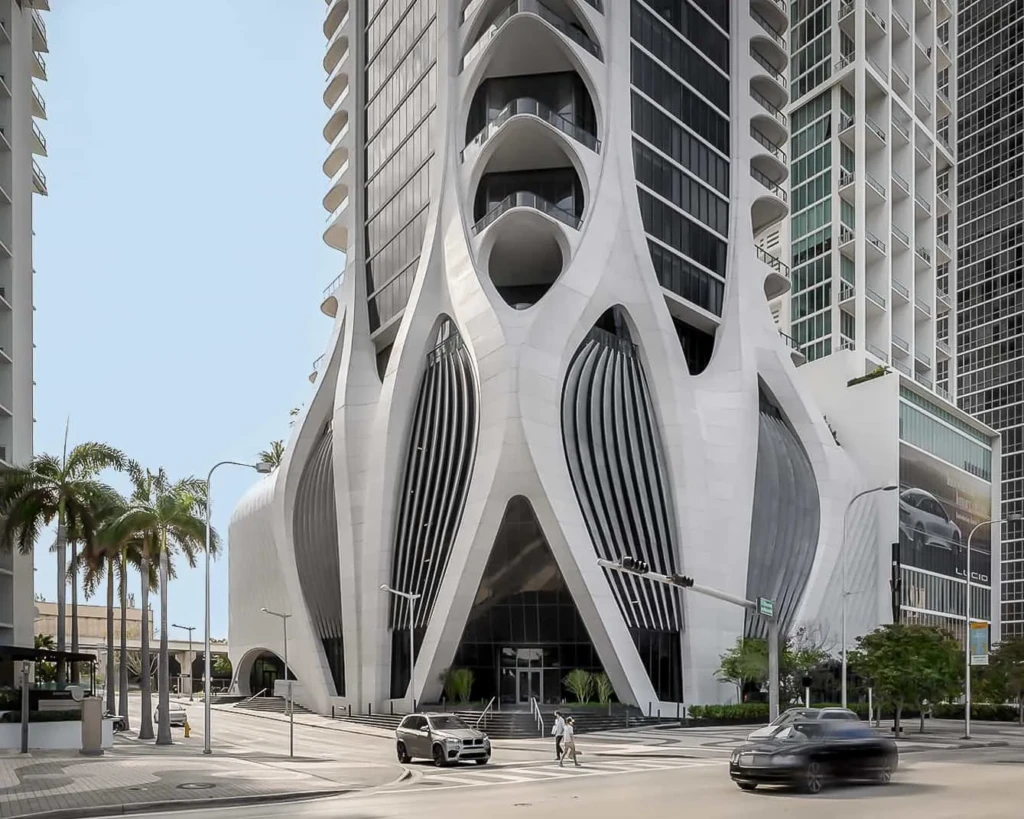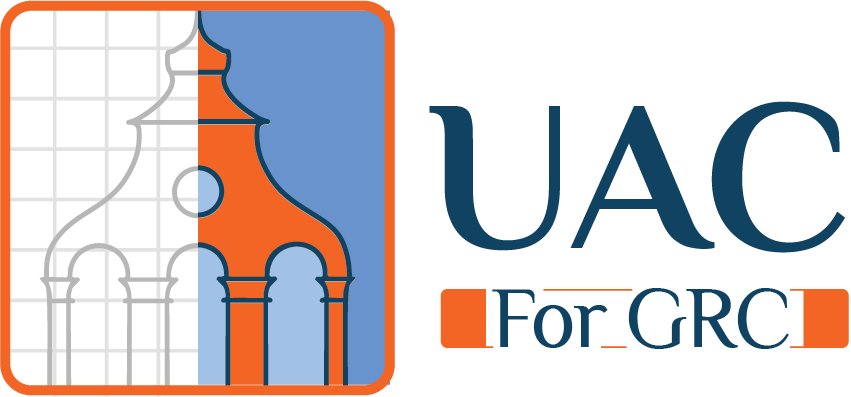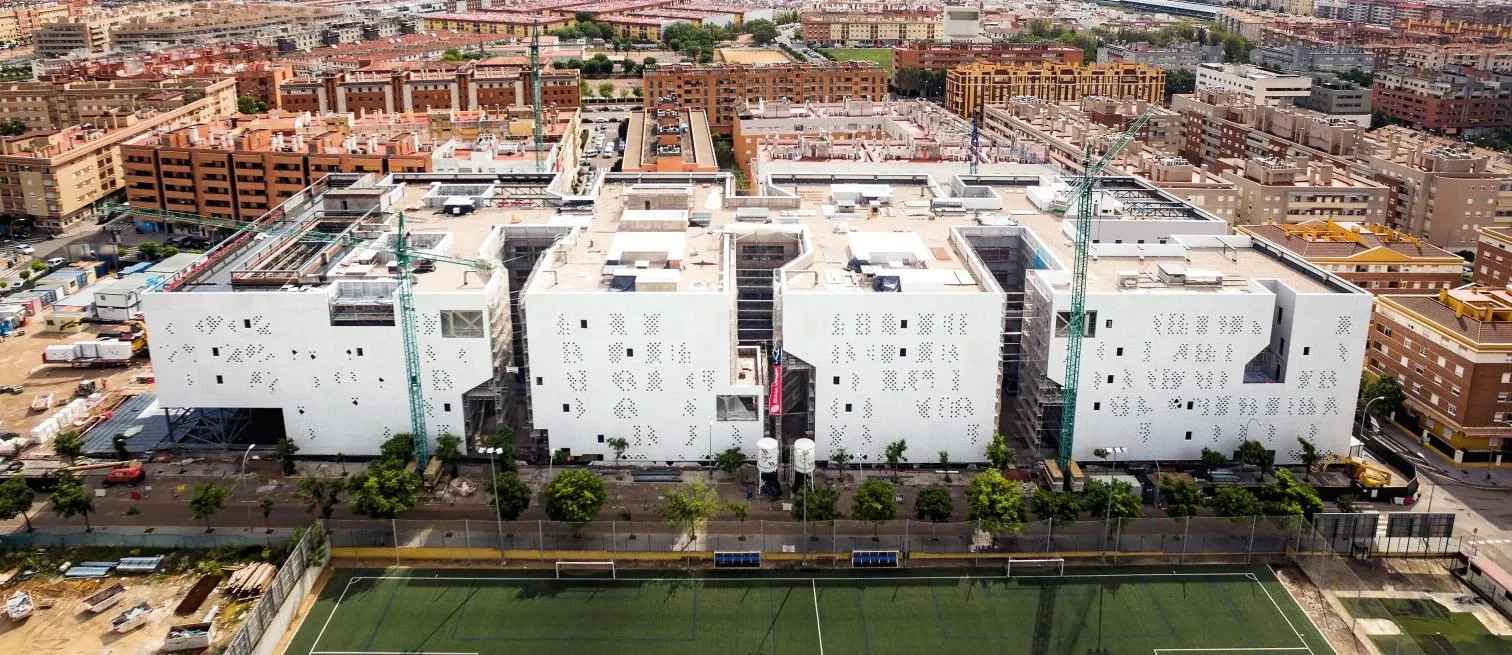In a rapidly changing world, building materials and technologies are evolving to meet the growing demands of sustainability, efficiency, and architectural beauty. Among the standout innovations reshaping the construction industry is Glassfibre Reinforced Concrete (GRC)—a versatile material that has transformed the design and execution of modern buildings. This article explores the future of GRC through a comprehensive scientific and technical analysis of its properties, advanced applications, and long-term impact on architecture and the environment.
- 1. What is GRC and How Has It Evolved?
GRC is a composite material made of high-performance cement, fine sand, water, and alkali-resistant glass fibers. Developed in the 1970s as a modern alternative to traditional concrete, GRC began gaining popularity across Europe and the Middle East in the 1980s.
- 2. Why GRC Is the Material of the Future
Environmental Sustainability
- Requires less energy and raw materials than traditional concrete
- Fully recyclable components
- Complies with green building standards such as LEED and BREEAM
Architectural Flexibility
- Can be molded into complex shapes and detailed decorative elements
- Ideal for high-rise towers and smart buildings
Lightweight and High Strength
- Compatible with 3D printing systems
- Can be digitally modeled using BIM, CAD, and Revit tools
3. Future Applications of GRC
Smart and Responsive Facades
GRC enables the development of dynamic facades that interact with light, air, and environmental conditions.
Modular Construction
Prefabricated GRC components can be mass-produced and quickly assembled on-site—perfect for rapid urban development.
Building in Harsh Environments
GRC is resistant to moisture, salt, and radiation—ideal for coastal or desert regions.
Public Spaces and Cultural Centers
Used in urban benches, fountains, columns, and decorative public features.
Digital Restoration Projects
GRC’s flexibility and precision make it ideal for reconstructing missing elements of historic buildings using 3D scanning and digital fabrication.

4. GRC vs. Other Emerging Building Materials
| Material | Weight | Weather Resistance | Sustainability | Aesthetic Flexibility | Long-Term Cost |
| GRC | Light | Excellent | High | Very Flexible | Low |
| Traditional Concrete | Heavy | Moderate | Low | Limited | High |
| Aluminum Composite (ACP) | Light | Moderate | Moderate | Good | Medium |
| Treated Wood | Medium | Weak | Low | High | High |
5. Case Studies of Modern Projects Using GRC
Project: Museum of the Future – Dubai
GRC was used to create complex, sculptural facades with high accuracy.
Result: Achieved futuristic design with lightweight panels and superior structural performance.
Project: Smart Transportation Stations – Doha
Custom GRC units were designed to withstand heat and sandstorms.
Result: Easy installation and scalable for expansion.
6. Challenges in GRC Adoption and How to Overcome Them
Lack of Skilled Workforce
→ Solution: Train teams in modern GRC design and installation techniques.
Limited Market Awareness
→ Solution: Promote GRC benefits among architects, developers, and contractors.
Higher Initial Costs
→ Solution: Offset by long-term operational savings and reduced maintenance.
7. GRC in the Digital Age
Building Information Modeling (BIM)
GRC integrates seamlessly with BIM systems for better planning, fewer errors, and faster project lifecycles.
3D Printing
GRC can be used in concrete 3D printing applications, opening new possibilities for complex geometries.
Life Cycle Assessment (LCA)
Supports sustainable construction by providing detailed environmental and economic performance data.
8. How UAC GRC is Shaping the Future
What Sets UAC GRC Apart?
- Years of experience in large-scale GRC manufacturing and supply
- Advanced infrastructure and state-of-the-art production lines
- Design and engineering teams aligned with global innovation trends
- Projects across the Gulf, Europe, and Asia that exemplify modernity and sustainability
Future Investments Include:
- Development of interactive GRC solutions
- Integration of IoT technologies into building components
- R&D collaboration with universities and innovation centers
9. Preparing the Construction Industry for GRC Expansion
- Incorporating GRC into national building codes
- Government incentives for sustainable construction
- Developer-factory partnerships
- Awareness campaigns to build confidence in GRC solutions
10. Recommendations for Developers and Engineers
- Conduct feasibility studies to assess GRC vs traditional materials
- Invest in training engineering teams on GRC technologies
- Choose a reliable partner for design, manufacturing, and installation
- Think long-term: how can GRC enhance the overall performance of your building?
Conclusion
GRC is more than a building material—it is a strategic tool that bridges aesthetic vision, structural performance, and environmental sustainability. The future of contemporary construction demands materials that are flexible, strong, and green—and GRC meets these needs and beyond.
Ready to build the future?
Contact UAC GRC today for a specialized consultation on your next project.


